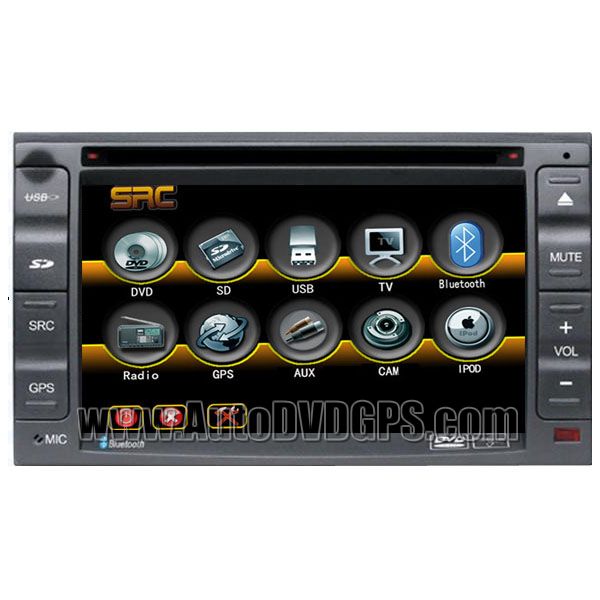Auto GPS devices really have a profound impact on our life and the lives of our family members. When we talk about the GPS navigation system, the first thing that’ll probably come into our mind is that it helps us keep the track of our vehicles and find the correct paths to the destination, just as the name-Global Positioning System implies. The truth of the matter is that the more sophisticated systems on the market today provide much more than simple directions from point A to point B. Nowadays, car navigation systems are your one stop travels shop when it comes to finding points of interest, restaurants, fuelling stops, and places to sleep along the way. They are an integrated system that mainly consists of navigation function, Audio and Video function, and communication function. This complex system functions when a portable device, such as a smartphone, tablet, or dedicated GPS unit, connects to satellites orbiting about 12,000 miles above the earth’s surface.
Firstly, we will set forth the basic knowledge of auto navigation systems. A car GPS navigation system is comprised of three main parts: the constellation of satellites, the receiver and the ground station. GPS is a worldwide radio-navigation system formed from the constellation of 24 satellites and their ground stations. It is mainly funded and controlled by the U.S Department of Defense (DOD) and was initially designed for the operation of U. S. military. This system uses satellites that orbit the earth in order to send signals that are received by the GPS device. Three satellites are used in order to determine the point of intersection and a fourth satellite insures the accuracy of the data. The receiver is the device that receives the signals from the satellites and the one that are actually used for the tracking purposes. It is the receiver that locates the satellites, figures out the distance to each, and uses this information to deduce its own location. The GPS control segment consists of a global network of ground facilities that track the GPS satellites, monitor their transmissions, perform analyses, and send commands and data to the constellation. There, the controllers determine any adjustments or updates to the navigation signals needed to maintain precise navigation and update the satellites via the ground antennas.
Then we’ll go on with car navigation system types.
Based on its designs, it has in-dash navigation, remote-mount navigation, portable navigation and handheld GPS. In-dash navigation systems maintain the factory look of your dash and add the convenience of a large touchscreen monitor. It can be further divided into factory-installed in-dash and aftermarket in-dash. A remote-mount navigation system applies for someone who already has a touchscreen stereo and wants to add navigation capability most of the time. Compact and easy to use, portable GPS navigators are ideal for anyone who wants the convenience of in-car navigation without the hassle of a permanent installation. They’re relatively inexpensive, mount easily onto your dash or windshield, and can be taken out of the car to prevent theft. Handheld GPS receivers are all great for the outdoors but not optimized for driving. They have models specially designed for hiking, boating, off-road driving, geocaching, and even for use on the golf course.

What you need to know as an auto GPS device buyer
by
Tags:
